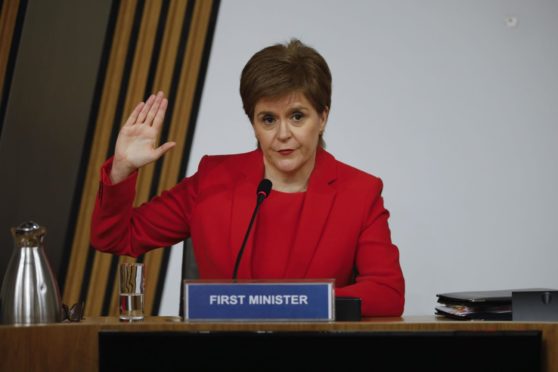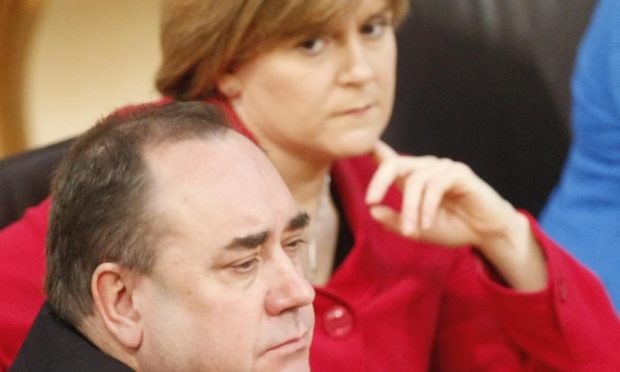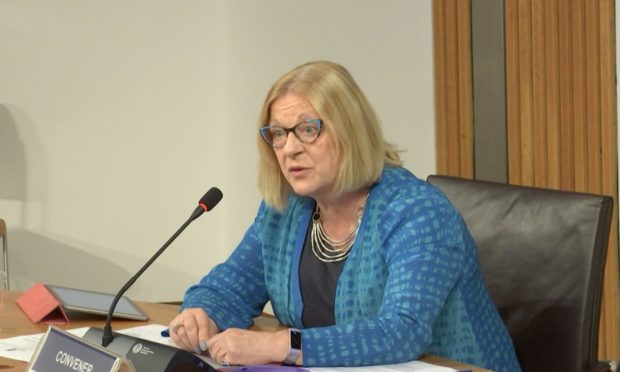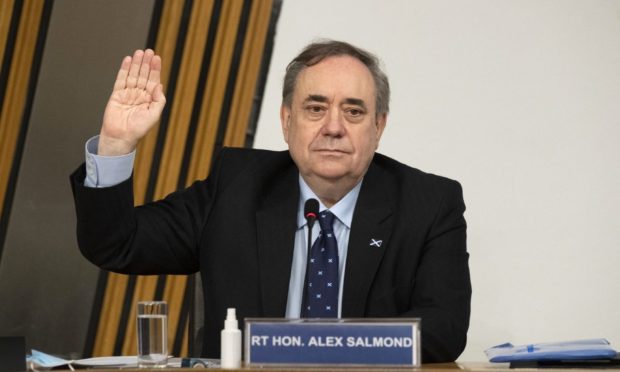The turmoil unleashed by the Scottish Government’s handling of complaints about Alex Salmond is finally coming to a head, but the entire saga dates back years, as our timeline shows here.
Decisions taken by officials behind closed doors in 2017 set off a chain of events that led to an independent probe on whether First Minister Nicola Sturgeon broke the ministerial code of conduct.
The government’s handling of complaints against former leader Mr Salmond provoked a judicial review in court, which found the process “unlawful”. A government review was ordered into any changes that could be made to improve the official complaints system.
And a cross-party group of MSPs probed the entire mess in what has become a scandal all on its own, with leaks and claims of political partisan activity in the run up to a Holyrood election.
Meanwhile, there was a criminal trial that ended with Mr Salmond acquitted of all charges.
It’s easy to lose track so here is our timeline of key events, starting where this entire exercise was supposed to say focused: rooting out inappropriate conduct.
Timeline of key events
October 31 2017: First Minister Nicola Sturgeon orders a review of the Scottish Government’s “policies and processes for addressing inappropriate conduct” in the wake of the MeToo movement. The review is led by the Government’s most senior civil servant, Permanent Secretary Leslie Evans.
January 2018: Allegations about Alex Salmond’s conduct are sent to the Scottish Government by two women.
March 2018: Mr Salmond is told about the probe. It’s being overseen by civil servant Judith Mackinnon, who already had contact with the women who complained. Mr Salmond’s former aide, Geoff Aberdein, meets Ms Sturgeon in Parliament on the 29th.
April 2018: Mr Salmond meets Ms Sturgeon at her home in Glasgow on the 2nd. The pair talk on the phone on the 23rd.
June 2018: Mr Salmond and Ms Sturgeon meet twice – on the 7th in Aberdeen during the SNP party conference and on the 14th at the first minister’s home in Glasgow.
August 23 2018: News breaks of the Scottish Government’s sexual harassment investigation. Mr Salmond immediately denies misconduct and launches a judicial review of the process.
September 14 2018: Police confirm a separate investigation has begun.
October 31 2018: Government legal counsel Roddy Dunlop QC advises Mr Salmond will probably win but ministers push on.
January 8 2019: The government concedes the case. Ms Sturgeon refers herself for investigation under the terms of the ministerial code, with independent adviser James Hamilton taking the lead.
February 6 2019: A Holyrood inquiry is set up and put on hold. It will look into the government’s handling of the process once the separate court case is over.
November 21 2019: Mr Salmond pleads not guilty to multiple charges at the High Court in Edinburgh.
March 23 2020: Mr Salmond is acquitted of all charges. The jury returns not guilty verdicts on 12 charges, including attempted rape, and a further not proven verdict is returned on a charge of sexual assault with intent to rape.
February 8 2021: SNP chief executive Peter Murrell, who is married to Ms Sturgeon, faces accusations by Holyrood’s inquiry of telling “mistruths”. A series of rows break out about publishing Mr Salmond’s version of events.
February 26: Mr Salmond appears at the inquiry and tells MSPs Scotland’s leadership has failed.
March 3: Nicola Sturgeon appears at the inquiry, rejecting Mr Salmond’s claims and standing by her version of events about who said what and when.
March 10: Vote of no confidence pushed into parliament by Conservatives, who fail to get a majority on side. Greens back Mr Swinney, who survives.
March 18: A leaked decision from the Holyrood inquiry reveals MSPs split on party lines to conclude Ms Sturgeon potentially breached the code of conduct. It causes a furious backlash and puts Ms Sturgeon under more pressure. Tories threaten a motion of no confidence in the First Minister.
March 22: Independent adviser James Hamilton publishes his long awaited investigation and clears Nicola Sturgeon of allegations she breached the ministerial code of conduct.



